Allocating the money
kmmh
10 years ago
Related Stories
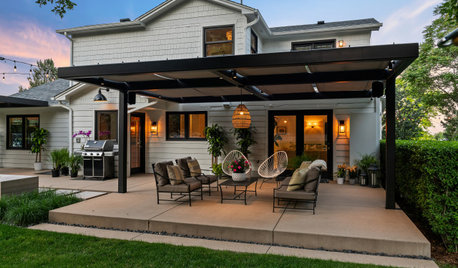
WORKING WITH PROSYour Guide to a Smooth-Running Construction Project
Find out how to save time, money and your sanity when building new or remodeling
Full Story
LIFEThe Top 5 Ways to Save Water at Home
Get on the fast track to preserving a valuable resource and saving money too with these smart, effective strategies
Full Story
KITCHEN DESIGNSmart Investments in Kitchen Cabinetry — a Realtor's Advice
Get expert info on what cabinet features are worth the money, for both you and potential buyers of your home
Full Story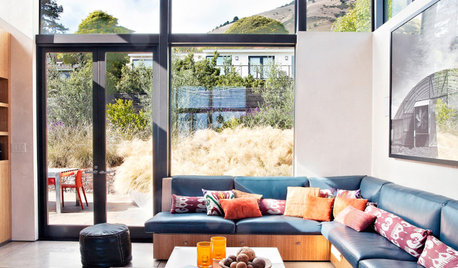
LIVING ROOMSHunker Down With a Built-In Couch
Whether your room is unusually shaped or you just want a unique furniture design, a built-in couch may be the answer
Full Story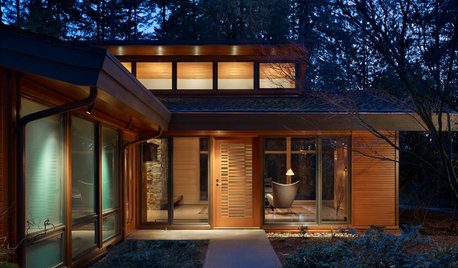
HOUZZ TOURSHouzz Tour: Transparency Guides a Woodland Home
A midcentury gem's renovation brings in the light and the woods while respecting the original architecture
Full Story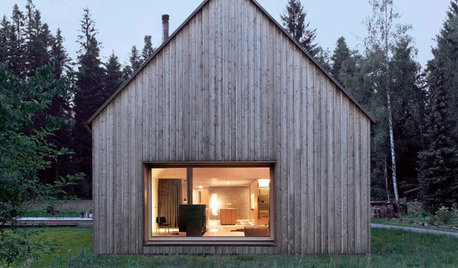
MOST POPULARA Few Words on the Power of Simplicity
An architect considers a pared-down approach to modern home design
Full Story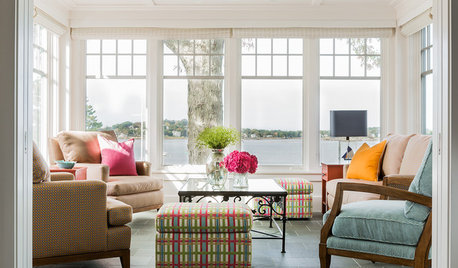
MOST POPULARDecorating 101: How Much Is This Going to Cost Me?
Learn what you might spend on DIY decorating, plus where it’s good to splurge or scrimp
Full Story
HOUZZ TOURSMy Houzz: Super Efficiency and Serenity Near the Florida Surf
It can withstand a hurricane and earned LEED Platinum certification, but this island home knows how to chill too
Full Story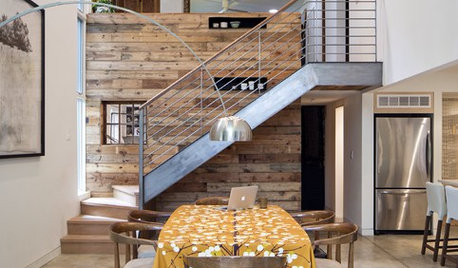
GREEN BUILDINGThe Future of Smart Design: Reuse, Reduce, Recycle
See why reducing waste in a home construction project should appeal to every architect, designer and client
Full Story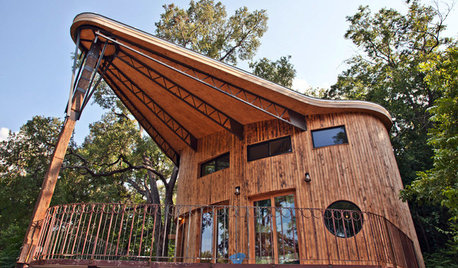
HOUZZ TOURSMy Houzz: A Reclaimed Wood House Rises From the Trees
Scorched siding, thoughtfully repurposed furnishings and a connection to both family and nature shine in this designer's new build
Full Story





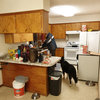
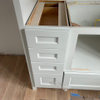

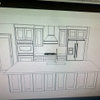
User
annkh_nd
Related Professionals
College Park Kitchen & Bathroom Designers · Cuyahoga Falls Kitchen & Bathroom Designers · Euclid Kitchen & Bathroom Designers · Georgetown Kitchen & Bathroom Designers · Grafton Kitchen & Bathroom Designers · Lafayette Kitchen & Bathroom Designers · Sun City Kitchen & Bathroom Designers · Bremerton Kitchen & Bathroom Remodelers · Honolulu Kitchen & Bathroom Remodelers · Rochester Kitchen & Bathroom Remodelers · Sweetwater Kitchen & Bathroom Remodelers · Weston Kitchen & Bathroom Remodelers · Highland Village Cabinets & Cabinetry · Bloomingdale Design-Build Firms · Oak Hills Design-Build Firmswilliamsem
ILoveCookie
calumin
sjhockeyfan325
sjhockeyfan325
rosie
kmmhOriginal Author
lazy_gardens
Vertise
kmmhOriginal Author